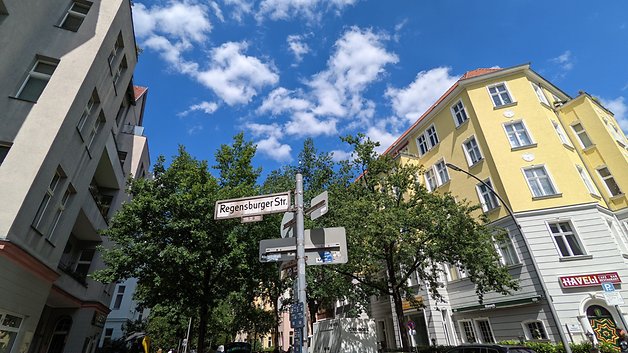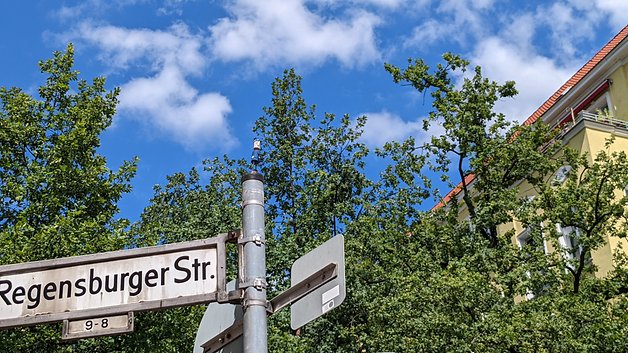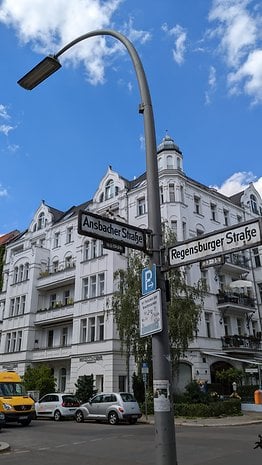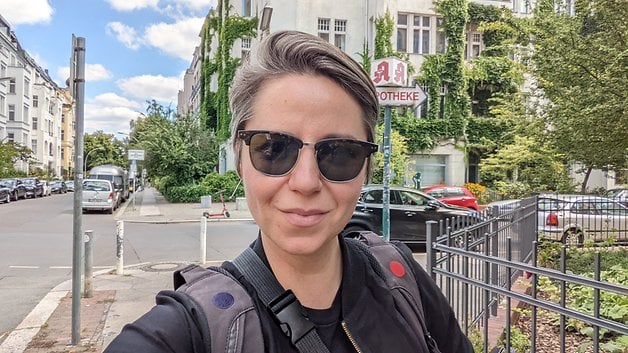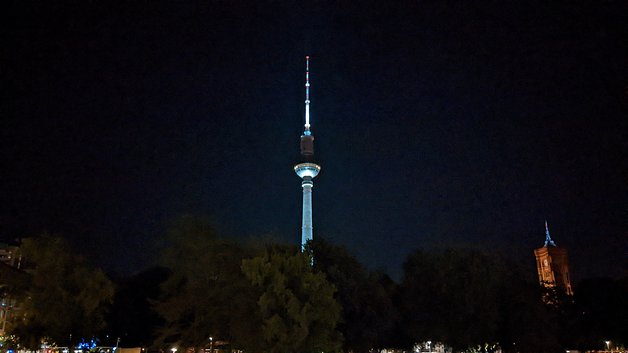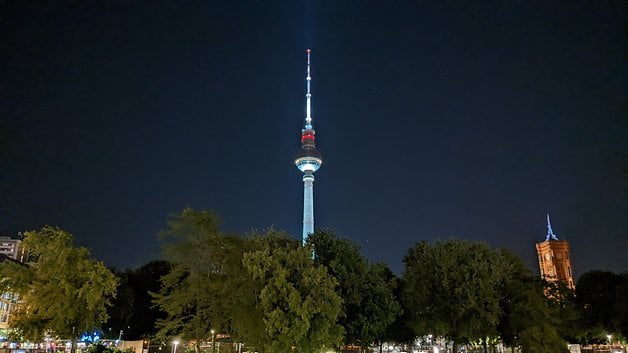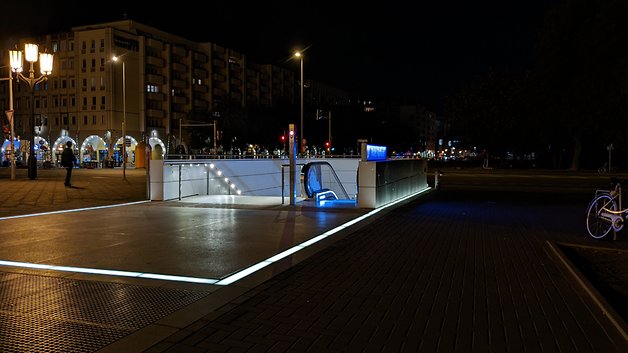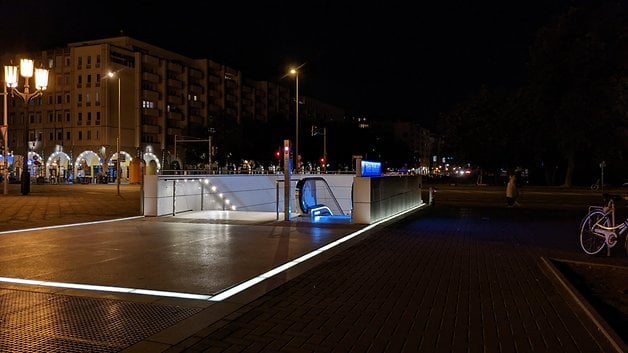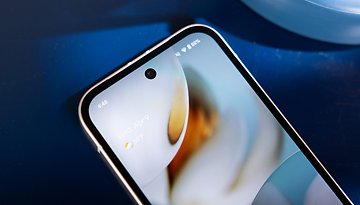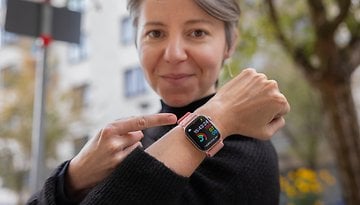Pixel 6a vs. Pixel 6 vs. Pixel 6 Pro: Which Google phone is right for you?
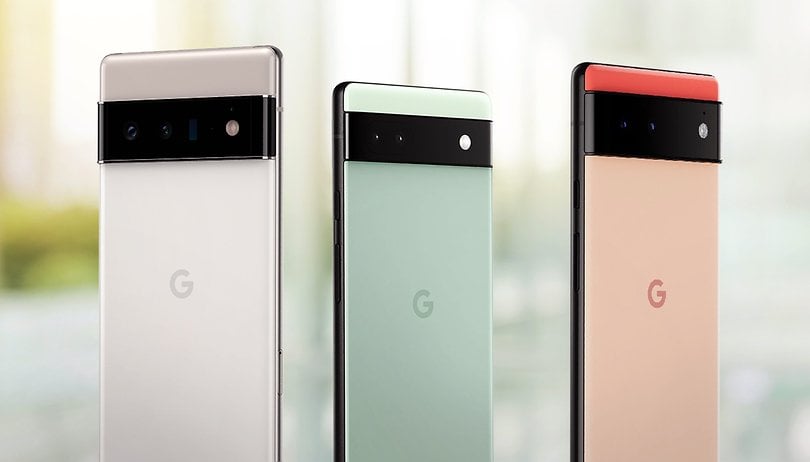

The Pixel 6 line promises to be a watershed for Google and the Android ecosystem. With the release of the Google Pixel 6a, it is even clearer the differences between the three models, going beyond the larger screen size. To help you understand which model fits best into your day-to-day routine, we have compared the Google Pixel 6a, Pixel 6 and Pixel 6 Pro.
Google Pixel 6a vs. Pixel 6 vs. Pixel 6 Pro comparison table
| Google's 6th generation lineup | |||
|---|---|---|---|
| Product | Google Pixel 6a | ||
| Price | from $449 | from $599 | from $899 |
| Photo |  |
 |
|
| Screen | 6.1-inch OLED, 1080 x 2400 pixels (429 PPP) resolution, 60 Hertz refresh rate |
6.4-inch OLED 1,080 x 2,400 pixels (411 ppi) at 90 hertz |
6.7-inch LTPO OLED 1,440 x 3,120 pixels (512 ppi) at 120 hertz |
| SoC | Google Tensor 2x ARM Cortex-X1 @ 2.80 GHz 2x ARM Cortex-A76 @ 2.25 GHz 4x ARM Cortex-A55 @ 1.80 GHz 20x ARM Mali-G78 (GPU) |
||
| Memory | 6 GB LPDDR5-6400 RAM 128 GB UFS 3.1 |
8 GB LPDDR5-6400 128 GB or 256 GB UFS 3.1 |
12 GB LPDDR5-6400 128 GB, 256 GB or 512 GB UFS 3.1 |
| Micro SD | n/a | ||
| Main camera | 12.2 MP | f1.7 aperture | 27 mm focal length | 1.4 µm sensor size | dual pixel PDAF | OIS | 50 MP | f1.85 | 25 mm | 1.2 µm | 82° FoV | OIS (Samsung GN1 sensor: 1/1.31'') |
|
| Ultra Wide-angle | 12.2 MP | f/2.2 aperture | 17 mm focal length | 114° angle of view | 12 MP | f/2.2 | 16.3 mm | 114° FoV | |
| Telephoto | n/a | 48 MP | f/3.5 | 104 mm | 0.8 µm | 23.4° FoV | 4x optical zoom | OIS (Sony IMX586 sensor: 1/2'') |
|
| Video | 4K at 30/60 fps (rear) 1080p at 30 fps (front) |
4K at 60 fps (rear) 1080p at 30 fps (front) |
4K at 60 fps (rear) 4K at 30 fps (front) |
| Selfies | 8 MP | f/2.0 | 1.12 µm | 84° FoV | 11 MP | f/2.2 | 1.22 µm | 94° FoV | |
| Audio | Stereo Speakers | ||
| Battery | 4410 mAh | 4,614 mAh | 5,003 mAh |
| Wired charging | Max. 18 W | Max. 30 watts | |
| Wireless charging (Qi) | n/a | Max. 21 watts | Max. 23 watts |
| UWB | n/a | Yes | |
| Ratings | |||
Besides the form factor, all models in Google's latest line of smartphones are also packed by the same Google Tensor SoC. So, given the limitations of the other hardware components, you can still expect a very similar performance between the most basic to the most advanced model. We'll go into more detail about the differences below.
Jump to:
- Pixel 6a vs. Pixel 6 vs. Pixel 6 Pro: Models and prices
- Pixel 6a vs. Pixel 6 vs. Pixel 6 Pro: Screen size matters here
- Pixel 6a vs. Pixel 6 vs. Pixel 6 Pro: New cameras
- Pixel 6a vs. Pixel 6 vs. Pixel 6 Pro: Battery and charging
- Conclusion
Pixel 6a vs. Pixel 6 vs. Pixel 6 Pro: Models and prices
The 6th generation of Google devices is divided into three price categories, and the storage options vary depending on the market where Google sells the device. The prices shown in the table below refer to the launching of each model. That said, you will find the Pixel 6 and Pixel 6 Pro for a more affordable price right now, given that both devices form announced in October 2021.
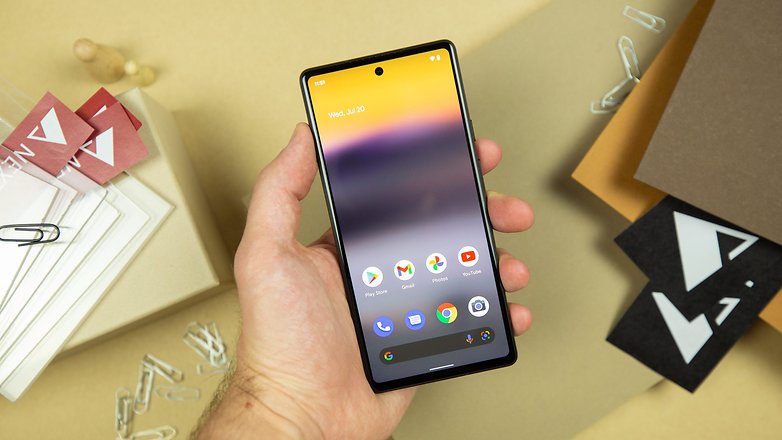
| Prices | |||
|---|---|---|---|
| Model | |||
| 128 GB | $599 | $899 | $449 |
| 256 GB | $699 | $999 | n/a |
| 512 GB | n/a | $1,099 | n/a |
It is also worth noting that the Pro model is available in more sober color options—Cloudy White, Stormy Black and Sorta Sunny—, while the traditional Pixel 6 has more colorful versions—Kinda Coral and Sorta Seafoam, in addition to the option in Stormy Black. The all-new Pixel 6a is available in the colors Charcoal, Chalk and Sage.
Pixel 6a vs. Pixel 6 vs. Pixel 6 Pro: Screen size matters here
At first glance, the three models can already be identified by the screen. But while the XL versions of previous Pixel generations—except the 5th, which did not have an option with larger screen—were differentiated basically by the size of the diagonal, the Pixel 6 line brings important distinctions.
Starting with the resolution, which is Full HD+ in the Pixel 6 and Pixel 6a models, and Quad HD+ in Pixel 6 Pro. Considering the screen sizes—6.4, 6.1 and 6.7 inches, respectively—the result is a higher pixel point density on the Pixel 6 Pro: 411ppi, 429ppi versus 512ppi.
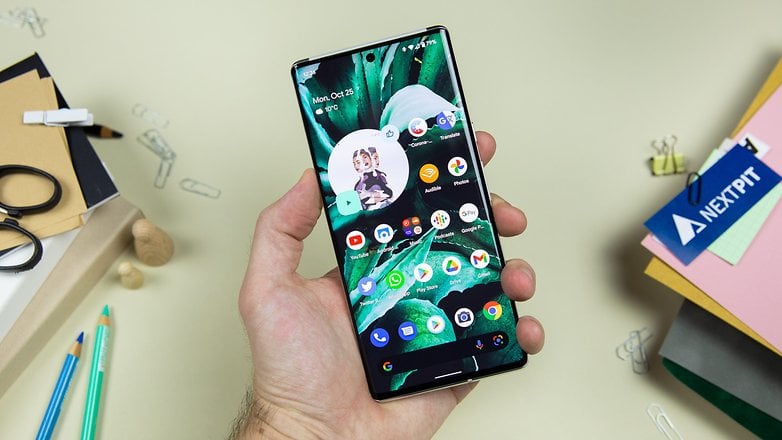
In addition, another important difference is in the operation of the OLED panel. While the Pixel 6 maintains the 90 Hz refresh rate of the previous generation, the Pixel 6 Pro has LTPO technology that allows you to change the refresh rate of the screen from 10 to 120 Hz, optimizing power consumption. The new Pixel 6a, on the other hand, comes to market with a basic 60 Hz refresh rate.
The screen finish also changes between the devices, the vanilla model is equipped with a flat screen, while the Pixel 6 Pro uses a slightly curved display on the sides. In practice, the more expensive model has smaller edges. Both models feature Gorilla Glass Victus protection over the display to reduce the chance of scratches and shattering.
Regarding the screen of the Pixel 6a, just like in the conventional model, we have a flat screen, but here Google chose to use the Gorilla Glass 3 cover glass.
TL;DR: Our team had the chance to test all three models and in all three cases, the screen experience was highlighted as excellent, even on the Pixel 6a model, which uses a lower screen refresh rate. In any case, it is undeniable that the Pixel 6 Pro offers superior screen technology; but because it is more compact, the Pixel 6a has the better grip.
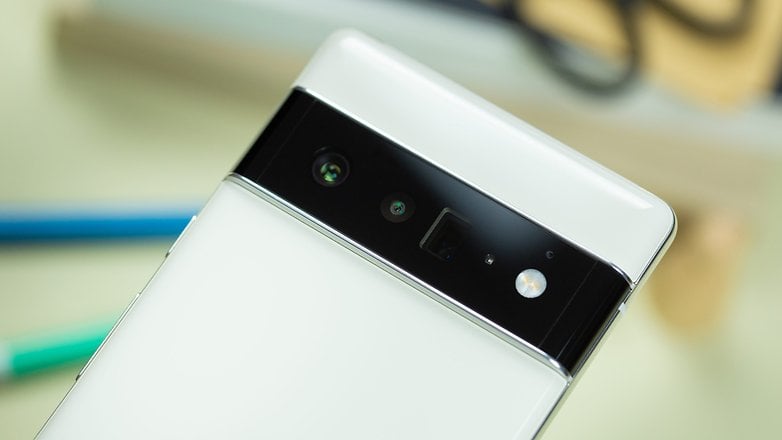
Pixel 6a vs. Pixel 6 vs. Pixel 6 Pro: New cameras
On the back, although all the models follow a similar design, the horizontal strip that houses the camera array holds another difference between the Pixel 6 phones. While the Pixel 6 and Pro models feature the same main and ultra-wide-angle sensors, the Pro option stands out for its telephoto camera.
RELATED
The 48-megapixel sensor lens available only on the Pixel 6 Pro is of the periscopic type, and offers 4x magnification, with a 23.4° field of view, without giving up optical image stabilization.
The Pixel 6a, on the other hand, has a distinct camera module. The Pixel 6a is built with a dual camera module, comprising a 12.2 MP wide-angle lens and another 12 MP ultrawide lens.
The selfie camera also changes between the models, with an 8-megapixel sensor on the Pixel 6 and Pixel 6a and 11.1 MP on the Pro. Also, the field of view is different—84° and 94°, respectively—and only the Pixel 6 Pro is capable of recording videos with the front camera in 4K resolution; the other two devices make recordings up to 1080p, with 30 fps on both phones.
TL;DR: The camera module is where these three models really differ from each other. While the Pro variant offers a more versatile experience by bringing three lenses to the table, the other models rely on just two cameras and software features like Super Res Zoom to amplify images. Considering that Google's camera offers support for an advanced AI algorithm, both the Pixel 6 and Pixel 6a offer more than satisfactory zoomed images, with an advantage for the vanilla model.
When it comes to the camera software, both the Pixel 6 and the Pro variant offer the same features, such as Real Tone (for skin tones), Night Sight (for night mode), and Magic Eraser (to erase unwanted elements in the image). The newer model though lacks the Motion Mode features.
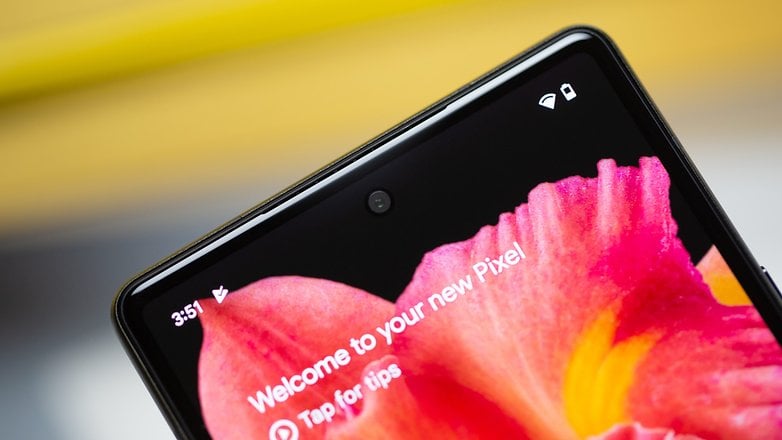
Pixel 6a vs. Pixel 6 vs. Pixel 6 Pro: Battery and charging
As expected, the Pixel 6 Pro takes advantage of the larger dimensions to use a battery with more charge capacity—5,003 mAh, versus 4,614 mAh of the smaller model. But according to Google, the autonomy between the models should be equivalent, of about 24 hours in normal use, or up to 48 hours with the power saving mode.
In the recharging part is another difference between the models, more specifically in wireless charging. Both are compatible with the Qi standard, but while the Pixel 6's maximum wireless charging power is 21W, the Pixel 6 Pro is compatible with up to 23W.
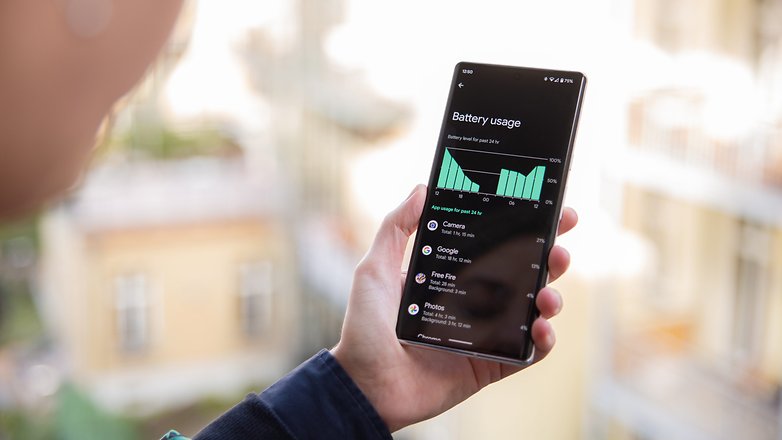
When it comes to the Pixel 6a, the battery capacity was listed as 4,410 mAh and the charging power stands at a maximum of 18 Watts. The device doesn't offer wireless charging support.
Wired, all devices are compatible with USB-C PD 3.0 chargers, at a maximum power of 30 W for the Pixel 6 and 6 Pro, and a maximum power of 18 W for the Pixel 6a. But, it's worth noting that the plug adapter is not included in the packaging of either of the Pixel 6 models.
TL;DR: In our tests, the battery life of the Pixel 6 models corresponded to the market average. So, you can use each of the devices without fear of running out of battery life at the end of the day. However, the fast charging technology used by Google can still be (very) optimized, especially when compared to the charging times of phones like the OnePlus 10T and Xiaomi 12 Pro.
Conclusion
The Pixel 6 series bring important differences, reminiscent of the distinction between the iPhone 13 and 13 Pro Max. Not only the screen size, but also features like resolution, refresh rate and camera set, have changed between the models.
The Pixel 6 Pro's more sophisticated set is reflected in the price, even so, photography fans should take into account the telephoto camera, which offers more creative options. The screen is another point to consider, with the difference between flat and curved finishes, in addition to the points mentioned size, resolution and refresh rate.
However, with the release of the Pixel 6a, it has to be said that the gap between the standard variant and the Pro has widened, as the Pixel 6 now competes directly with the more affordable model.
Thus, if you are looking for a smartphone with an excellent and versatile camera, my suggestion is to turn to the Pixel 6 Pro. Now, if you want great performance at a good quality camera, you can stick with the Pixel 6a and still save a few bucks. Plus, you'll be taking home the Pixel with the best form factor of the entire series. Would you agree?
This article was written in collaboration with Rubens Eishima. With the release of the Google Pixel 6a, our comparison has been updated and the comments from before the update have been kept.
